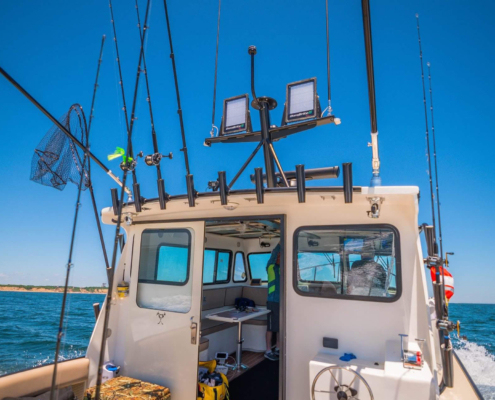 https://blog.durabritelights.com/wp-content/uploads/2025/04/How-Weatherproofing-Maximizes-the-Lifespan-of-Waterproof-Boat-Lights.jpg
1250
2000
Abstrakt Marketing
/wp-content/uploads/2024/01/DuraBrite-Logo_6a362a2d-4dff-4723-a7e4-1466056fae1e_220x.png
Abstrakt Marketing2025-04-21 13:30:212025-04-21 13:30:24How Weatherproofing Maximizes the Lifespan of Waterproof Boat Lights
https://blog.durabritelights.com/wp-content/uploads/2025/04/How-Weatherproofing-Maximizes-the-Lifespan-of-Waterproof-Boat-Lights.jpg
1250
2000
Abstrakt Marketing
/wp-content/uploads/2024/01/DuraBrite-Logo_6a362a2d-4dff-4723-a7e4-1466056fae1e_220x.png
Abstrakt Marketing2025-04-21 13:30:212025-04-21 13:30:24How Weatherproofing Maximizes the Lifespan of Waterproof Boat LightsComparing Halogen, HID, and LED Lights for Boats: Which Is Right for You?
From nighttime navigation to recreation, marine lighting is essential for every boat. Over the years, lighting technology has evolved, providing boaters with a range of options. The three primary types of marine lights—halogen, high-intensity discharge (HID), and light-emitting diodes (LED)—each come with their own set of advantages and disadvantages. In this guide, we’ll compare each of these lighting technologies to help you make an informed decision about the best lights for your boat and what’s the best upgrade.
Understanding Halogen, HID, and LED Marine Lights
When choosing the right marine lighting, the best place to start is by understanding the differences between halogen, HID, and LED technologies. Each light has its unique characteristics, advantages, and drawbacks, which directly impact performance, energy consumption, and lifespan on the water.
Halogen Marine Lights
Halogen lights have been a staple in marine lighting for decades. They function by passing an electric current through a tungsten filament inside a halogen gas-filled bulb. Despite their declining popularity, they remain an option for budget-conscious boaters.
Pros:
- Lower initial cost compared to HID and LED options
- Produces warm, bright light with good color rendering
- Easy to replace and widely available
- Familiar technology with simple installation
Cons:
- Inefficient energy consumption, leading to high power draw
- Brightness levels degrading significantly—losing up to 20% of initial Lumens within the first 200 hours of use, further reducing their effectiveness over time
- Short lifespan (approximately 1,000 to 2,000 hours)
- Generates significant heat, which is inefficient and can pose a safety hazard
- Prone to filament breakage due to vibrations and shocks
High-Intensity Discharge (HID) Marine Lights
HID lights operate by passing an electrical charge through a gas-filled bulb, producing an intense and bright light. They are commonly used for commercial applications and offshore boating where extreme visibility is required.
Pros:
- Extremely bright and powerful, suitable for large vessels and commercial use
- More energy-efficient than halogen lights
- Longer lifespan (up to 5,000 hours)
- Improved penetration in murky or low-visibility conditions
Cons:
- More expensive than halogen lights
- Requires a ballast for operation, adding complexity to the installation process
- Takes time to reach full brightness
- Can experience color shifts over time, affecting visibility
- Also suffer from brightness degradation, with some bulbs potentially losing up to 70% of their initial brightness after extended usage due to the breakdown of chemicals within the bulb
Light-Emitting Diode (LED) Marine Lights
LED lights for boats have revolutionized marine lighting by offering a highly efficient, long-lasting, and durable alternative to traditional lighting systems. Their versatility allows for a wide range of marine applications, including deck lighting, underwater lighting, and navigation lights.
Pros:
- Highest energy efficiency, drawing up to 85% less power than halogen and about 50% less than HID systems
- Longest lifespan, up to 50,000 hours before noticeable performance degradation occurs
- Cool operation, reducing heat buildup and fire risk
- LED chips are resistant to shocks and vibrations, making them ideal for marine environments
- Versatile designs, available in multiple colors and adjustable brightness levels
- Instant on-and-off response times with no warmup
- Directional light source with the best optical efficiency
Cons:
- Higher upfront cost, though offset by long-term savings
- Some cheaper models with improper fixture design suffer from lower quality and inadequate waterproofing
- Requires proper heatsink design for the stated or designed longevity of the LED chips
If you’re searching for the best LED lights for your boat, explore DuraBrite Lights to find the right solution.
Key Comparison: Halogen vs. HID vs. LED Lights for Boats
| Halogen | HID | LED | |
| Energy Efficiency | Low | Medium | High |
| Brightness | Medium | High | Very High |
| Lifespan | 1,000-2,000 hours | 5,000 hours | 40,000-50,000+ hours |
| Heat Output | High | Medium | Low |
| Initial Cost | Low | Medium-High | High |
| Maintenance Needs | High | Medium | Low |
| Durability | Low | Medium | High |
| Best For | Budget-friendly, casual use | Large boats, commercial use | All-purpose, long-term value and reliability |
Why LED Lights Are the Best Choice for Center Console Boats
For owners of center console boats, choosing the right lighting is essential for safety, functionality, and efficiency. LED marine lights provide the best combination of low power draw, brightness, and exceptional durability, making them ideal for vessels frequently exposed to harsh marine environments.
If you’re planning on using your center console boats for offshore fishing, cruising, or night navigation, you need a lighting system that can handle continuous exposure to saltwater, heavy vibrations, and varying weather conditions. Unlike halogen lights, which produce excessive heat and consume more battery power, LEDs are highly efficient, reducing strain on a boat’s electrical system while providing brighter and clearer illumination.
LED lights can be optimized for a range of configurations, including floodlights, spotlights, and work lights, allowing center console boat owners to customize their lighting setup based on specific illumination needs. Many modern LED marine lighting systems integrate dimming capabilities, and wireless controls, offering enhanced convenience and control. However, not all LED lights are built the same, and some models can interfere with marine radios and radar systems, which is a critical factor to consider before you buy.
When selecting LED lights, boat owners should look for installations where lights are positioned right next to the radome. If a manufacturer’s lights are frequently installed in these locations without causing interference, it’s a strong indication that they are well-engineered for marine applications. DuraBrite lights, for example, are typically mounted on masts and near radar systems without affecting radio signals, making them a trusted choice among serious sports fishermen and offshore captains.
From deck lighting to T-top illumination, LED lights also improve overall visibility and safety during night operations, reducing glare and providing crisp, daylight-quality lighting. With a lifespan exceeding 50,000 hours, LEDs also minimize maintenance and replacement costs, making them the most cost-effective long-term investment.
How to Choose the Right Marine Light for Your Boat
When deciding which lighting option to choose, consider the following:
- Power Availability: If energy efficiency is a priority, LED is the best choice. Boat owners powering their lighting system via a battery/DC source must ensure their battery capacity can handle the power draw over extended periods. Unlike halogen and HID lights, which demand higher wattage and drain batteries faster, LEDs provide superior efficiency, extending battery life and reducing the need for frequent recharging. Find more insights about running AC vs. DC power on your boat here.
- Usage: For professional or serious offshore boating, LED is the best choice for durability, reliability, and brightness.
- Budget: Although LEDs cost more upfront, they offer significant savings in energy and replacement costs.
- Installation: LEDs and halogens are easier to install, whereas HID lights require a ballast.
- Environmental Exposure: If your boat is frequently in harsh marine conditions, LEDs offer the best resistance to UV rays, moisture, salt, and vibrations, if the fixture is professionally designed.
- Aesthetic Appeal & Resale Value: Beyond functionality, the type of lighting you choose can also enhance the aesthetics of your boat, making it look more modern and well-maintained. High-quality LED installations from DuraBrite not only provide superior illumination but also add a striking visual element that improves the resale value of your boat. Potential buyers favor boats with modern, stylish lighting, making LEDs a smart investment with both practical and financial incentives.
Final Thoughts: Which Marine Light Is Right for You?
If you’re looking for the most cost-effective short-term solution, halogen lights are an option, but they are outdated and inefficient. If you require high-intensity lighting for commercial or offshore use, HID lights may be suitable, but for long-term reliability, efficiency, and durability, LED lights are the smartest investment.
At DuraBrite Lights, we specialize in high-performance LED lights for boats designed for extreme conditions. Explore our lineup of marine lights today and upgrade to the most efficient and reliable marine lighting available on the market.
Share This Post
More Like This
 https://blog.durabritelights.com/wp-content/uploads/2025/04/How-Weatherproofing-Maximizes-the-Lifespan-of-Waterproof-Boat-Lights.jpg
1250
2000
Abstrakt Marketing
/wp-content/uploads/2024/01/DuraBrite-Logo_6a362a2d-4dff-4723-a7e4-1466056fae1e_220x.png
Abstrakt Marketing2025-04-21 13:30:212025-04-21 13:30:24How Weatherproofing Maximizes the Lifespan of Waterproof Boat Lights
https://blog.durabritelights.com/wp-content/uploads/2025/04/How-Weatherproofing-Maximizes-the-Lifespan-of-Waterproof-Boat-Lights.jpg
1250
2000
Abstrakt Marketing
/wp-content/uploads/2024/01/DuraBrite-Logo_6a362a2d-4dff-4723-a7e4-1466056fae1e_220x.png
Abstrakt Marketing2025-04-21 13:30:212025-04-21 13:30:24How Weatherproofing Maximizes the Lifespan of Waterproof Boat Lights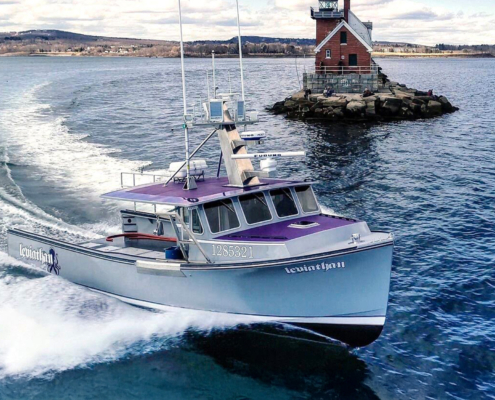 https://blog.durabritelights.com/wp-content/uploads/2025/04/leviathan-boat-on-water.jpg
1250
2000
Abstrakt Marketing
/wp-content/uploads/2024/01/DuraBrite-Logo_6a362a2d-4dff-4723-a7e4-1466056fae1e_220x.png
Abstrakt Marketing2025-04-04 18:45:522025-04-09 17:01:05How to Maximize the Lifespan of Marine LED Lighting
https://blog.durabritelights.com/wp-content/uploads/2025/04/leviathan-boat-on-water.jpg
1250
2000
Abstrakt Marketing
/wp-content/uploads/2024/01/DuraBrite-Logo_6a362a2d-4dff-4723-a7e4-1466056fae1e_220x.png
Abstrakt Marketing2025-04-04 18:45:522025-04-09 17:01:05How to Maximize the Lifespan of Marine LED Lighting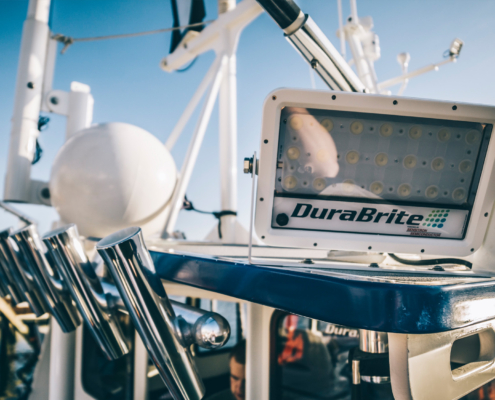 https://blog.durabritelights.com/wp-content/uploads/2025/04/Design-Ideas-for-LED-Deck-Lights-on-Your-Boat.jpg
1250
2000
Abstrakt Marketing
/wp-content/uploads/2024/01/DuraBrite-Logo_6a362a2d-4dff-4723-a7e4-1466056fae1e_220x.png
Abstrakt Marketing2025-04-02 14:09:522025-04-09 16:52:11Design Ideas for LED Deck Lights on Your Boat
https://blog.durabritelights.com/wp-content/uploads/2025/04/Design-Ideas-for-LED-Deck-Lights-on-Your-Boat.jpg
1250
2000
Abstrakt Marketing
/wp-content/uploads/2024/01/DuraBrite-Logo_6a362a2d-4dff-4723-a7e4-1466056fae1e_220x.png
Abstrakt Marketing2025-04-02 14:09:522025-04-09 16:52:11Design Ideas for LED Deck Lights on Your Boat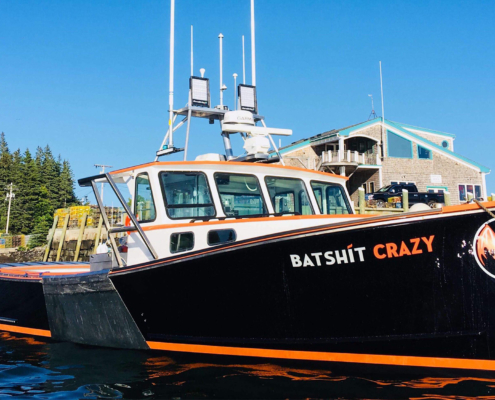 https://blog.durabritelights.com/wp-content/uploads/2025/03/Side-image-of-a-boat-with-lights.jpg
1250
2000
Abstrakt Marketing
/wp-content/uploads/2024/01/DuraBrite-Logo_6a362a2d-4dff-4723-a7e4-1466056fae1e_220x.png
Abstrakt Marketing2025-03-27 18:36:262025-03-31 17:43:25The Hidden Costs of Cheap Marine LED Lights and How to Avoid Them
https://blog.durabritelights.com/wp-content/uploads/2025/03/Side-image-of-a-boat-with-lights.jpg
1250
2000
Abstrakt Marketing
/wp-content/uploads/2024/01/DuraBrite-Logo_6a362a2d-4dff-4723-a7e4-1466056fae1e_220x.png
Abstrakt Marketing2025-03-27 18:36:262025-03-31 17:43:25The Hidden Costs of Cheap Marine LED Lights and How to Avoid Them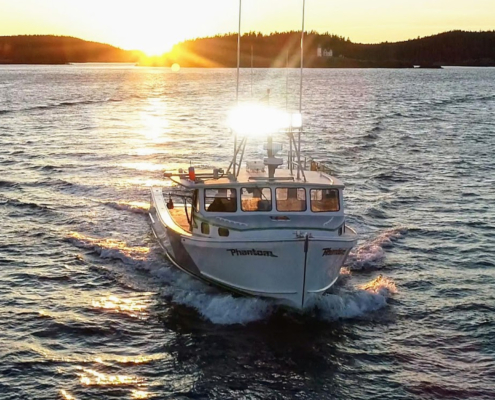 https://blog.durabritelights.com/wp-content/uploads/2025/03/The-5-Must-Have-Features-of-High-Quality-Marine-Lights.jpg
1250
2000
Abstrakt Marketing
/wp-content/uploads/2024/01/DuraBrite-Logo_6a362a2d-4dff-4723-a7e4-1466056fae1e_220x.png
Abstrakt Marketing2025-03-21 12:36:192025-03-31 17:18:16The 5 Must-Have Features of High-Quality Marine Lights
https://blog.durabritelights.com/wp-content/uploads/2025/03/The-5-Must-Have-Features-of-High-Quality-Marine-Lights.jpg
1250
2000
Abstrakt Marketing
/wp-content/uploads/2024/01/DuraBrite-Logo_6a362a2d-4dff-4723-a7e4-1466056fae1e_220x.png
Abstrakt Marketing2025-03-21 12:36:192025-03-31 17:18:16The 5 Must-Have Features of High-Quality Marine Lights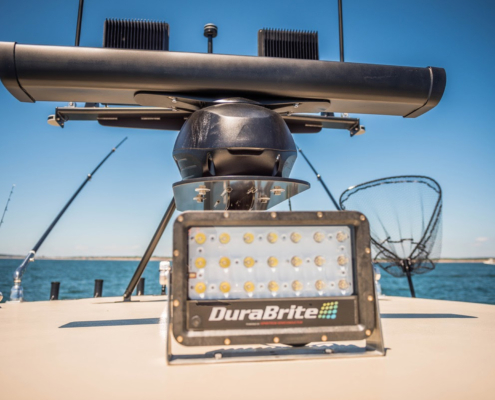 https://blog.durabritelights.com/wp-content/uploads/2025/03/DuraBrite-Lght-on-Boat.jpg
1250
1996
Abstrakt Marketing
/wp-content/uploads/2024/01/DuraBrite-Logo_6a362a2d-4dff-4723-a7e4-1466056fae1e_220x.png
Abstrakt Marketing2025-03-19 12:23:432025-03-31 17:07:19How DuraBrite Built a Better Marine Light
https://blog.durabritelights.com/wp-content/uploads/2025/03/DuraBrite-Lght-on-Boat.jpg
1250
1996
Abstrakt Marketing
/wp-content/uploads/2024/01/DuraBrite-Logo_6a362a2d-4dff-4723-a7e4-1466056fae1e_220x.png
Abstrakt Marketing2025-03-19 12:23:432025-03-31 17:07:19How DuraBrite Built a Better Marine Light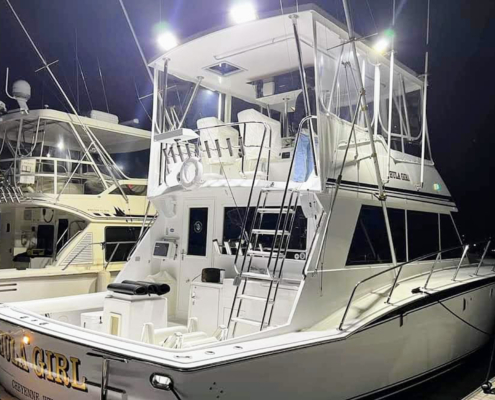 https://blog.durabritelights.com/wp-content/uploads/2025/03/How-Marine-Lighting-Highlights-Your-Boats-Aesthetic-Appeal.jpg
1250
2000
Abstrakt Marketing
/wp-content/uploads/2024/01/DuraBrite-Logo_6a362a2d-4dff-4723-a7e4-1466056fae1e_220x.png
Abstrakt Marketing2025-03-10 13:26:322025-03-31 16:28:45How Marine Lighting Highlights Your Boat’s Aesthetic Appeal
https://blog.durabritelights.com/wp-content/uploads/2025/03/How-Marine-Lighting-Highlights-Your-Boats-Aesthetic-Appeal.jpg
1250
2000
Abstrakt Marketing
/wp-content/uploads/2024/01/DuraBrite-Logo_6a362a2d-4dff-4723-a7e4-1466056fae1e_220x.png
Abstrakt Marketing2025-03-10 13:26:322025-03-31 16:28:45How Marine Lighting Highlights Your Boat’s Aesthetic Appeal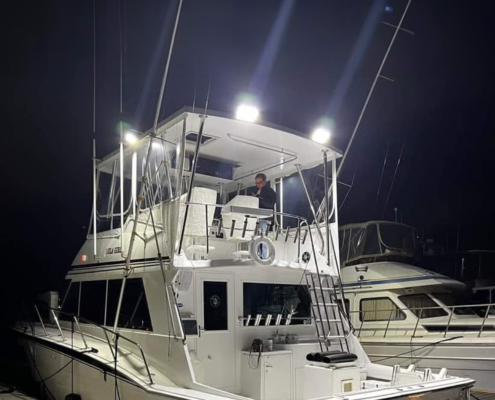 https://blog.durabritelights.com/wp-content/uploads/2025/02/Side-view-of-boat-with-floodlights.jpg
1250
2000
Abstrakt Marketing
/wp-content/uploads/2024/01/DuraBrite-Logo_6a362a2d-4dff-4723-a7e4-1466056fae1e_220x.png
Abstrakt Marketing2025-02-20 20:46:302025-03-31 15:48:27How Boat Lights for Docking and Anchoring Improve Safety
https://blog.durabritelights.com/wp-content/uploads/2025/02/Side-view-of-boat-with-floodlights.jpg
1250
2000
Abstrakt Marketing
/wp-content/uploads/2024/01/DuraBrite-Logo_6a362a2d-4dff-4723-a7e4-1466056fae1e_220x.png
Abstrakt Marketing2025-02-20 20:46:302025-03-31 15:48:27How Boat Lights for Docking and Anchoring Improve Safety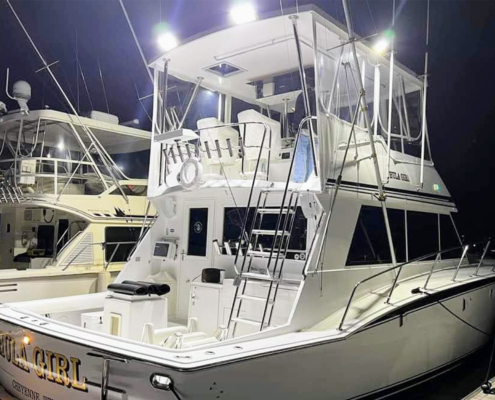 https://blog.durabritelights.com/wp-content/uploads/2024/11/Side-view-of-a-fishing-boat-on-a-dock-with-bright-lights.jpg
1250
2000
Abstrakt Marketing
/wp-content/uploads/2024/01/DuraBrite-Logo_6a362a2d-4dff-4723-a7e4-1466056fae1e_220x.png
Abstrakt Marketing2024-11-22 16:49:412025-02-18 19:38:17Take Charter Trips to the Next Level With LED Fishing Lights
https://blog.durabritelights.com/wp-content/uploads/2024/11/Side-view-of-a-fishing-boat-on-a-dock-with-bright-lights.jpg
1250
2000
Abstrakt Marketing
/wp-content/uploads/2024/01/DuraBrite-Logo_6a362a2d-4dff-4723-a7e4-1466056fae1e_220x.png
Abstrakt Marketing2024-11-22 16:49:412025-02-18 19:38:17Take Charter Trips to the Next Level With LED Fishing LightsCreating advanced lighting solutions that excel across extreme applications, from crab-fishing in Alaska’s Bering Sea, to unforgiving power plants to mission critical law enforcement and military tactical environments, all with uncompromising quality


